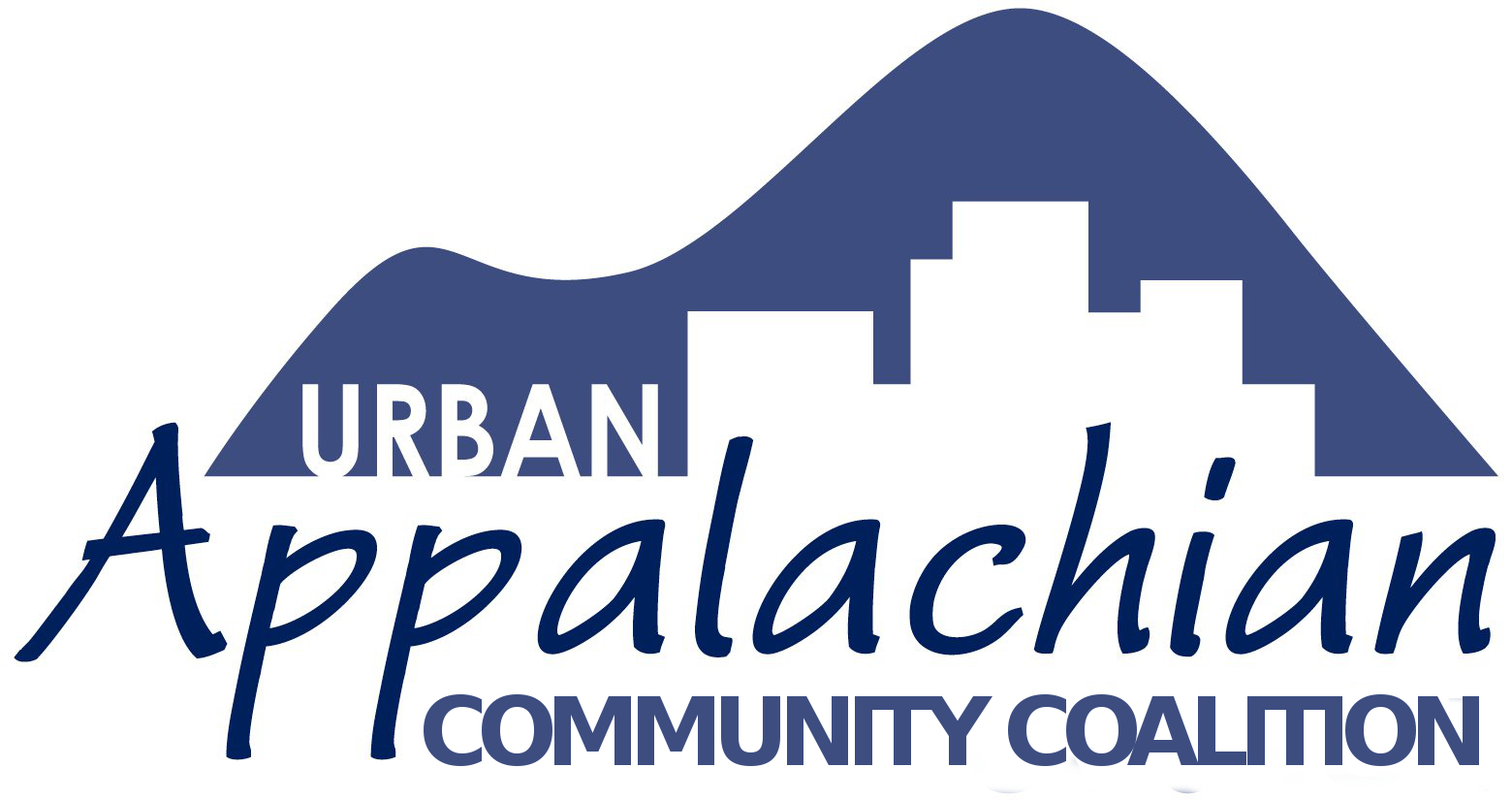by Michael Maloney
Gene Wilhelm’s theory of Appalachian culture is that it is a way of life and thinking that developed in the 1700s when the Scotch Irish and other British Isles and German people came into the valley and ridge country of Virginia and North Carolina and lived with the Indians. We thus became “Indianized white people.” This is a bit of an overstatement but we did learn a lot from the Indians including what crops to grow. After the Revolutionary War these people moved into Tennessee, Kentucky, what is now West Virginia and the Ohio hills. Some moved right on eventually to the Ozarks, East Texas, Southern Illinois and Indiana, and even the towns along the coast of Washington State. This list of places is what is called Greater Appalachia.
Many scholars say there is no such thing as culture, much less Appalachian culture (see Obermiller and Maloney article: http://uaccstage.wpengine.com/pdf/workingpaper20.pdf).
What defines Appalachian culture? Food? Though much has been written about our food tastes including pinto beans, fried potatoes, ramps, poke salad, and baloney sandwiches there are many Appalachians far removed from this traditional diet. Many of us subsist on convenience foods and “pop and potato chips.” If we are rich we might prefer steak. Mexican Restaurants and Pizza parlors dot Appalachian and urban Appalachian neighborhoods. But the old food traditions are still alive. At Maloney family reunions big pots of pinto beans still show up. And corn bread.
Is it our values? Our values are American values: individualism, private property, and limited government. Or is it familism, patriotism and religion? There are two lists of Appalachian values. There is the negative list including individualism, familism, and violence, which sounds like a list of diseases. This list was invented by outsiders to justify their efforts to steal our land and mineral wealth or to convert us to their brand of religion. And there is the positive list which includes love of the land, strong family ties, religion, and sense of justice. We developed this list to defend ourselves against the negative list.
So what is Appalachian culture? First of all it is stories, myths, and stereotypes. The negative stories about violent men who beat their wives and slatternly women who do drugs, neglect their children, and live off of welfare. The positive stories about dulcimer playing folk song singers who are gentle, soft spoken and modest. The negative images of large families with bad teeth living in hillside shacks who lack ambition and knowledge of the outside world. The image of Appalachia as strange people in a strange land. It is the missionaries’ image of noble people who just need a little education and uplift. (My sisters were recruited by missionaries, sent to boarding school locally, then to finishing schools outside the mountains to become proper young ladies.) The Waltons embody the positive stereotypes. The Dukes of Hazzard embody the negative except that the characters are clever and Uncle Jesse represents the positive values of hard work, modesty, and wisdom.
In the sixties and seventies we started writing our own stories about our struggles to have a better life. Stories about coal miners and their wives who organized for better pay and mine safety and for black lung treatment and compensation. Stories about women who got jobs in the mines. Stories about Widow Combs and Dan Gibson resisting surface mining destroying the mountains, fighting to preserve their land and way of life. In Cincinnati we told stories about our life in the mountains and our struggles and successes in the city. We fought for respect and better treatment for our kids in school. We fought police brutality. We organized community schools and jobs programs. We won inclusion in Cincinnati’s Human Rights Ordinance. We made Cincinnati and the Miami Valley one of the most important centers of country and old time music and Bluegrass. Our stories are about how we took care of our families and helped each other in Appalachian neighborhoods.
Appalachian culture is not to be found in lists of values or characteristics. It is to be found in honestly looking at the stories of our families and our people as a whole, the things that build us up and the things that drag us down. The story of the tens of thousands of people from the mountains who came to the Cincinnati region is one of the biggest success stories in American history. We helped build Cincinnati and all the surrounding towns. We built the houses and bridges. We made the cars and trucks and refrigerators. We dug ditches, we taught school. We were lawyers, doctors, and nurses. We are one-in-four Greater Cincinnatians. Yet we still have families who did not share in this success and still need the help of our community. How we respond to their needs will say a lot about our “culture.”


verry informative and eye opening. I myself was born and raised in the Appalachians and for some reason I was unaware of those stariotypes
I played bluegrass music in Appalachian mountains and never once did I feel out of place nor disrespected. To this day and I am 82 years young I love visiting there.
I would recommend everyone visit the Appalachian mountains you will never be disappointed.
Remember you have to be respectful to be respected.
There is nothing negative about individualism and self-reliance. These are positive traits despite being brought about by negative socioeconomic factors far outside of our control.
You’re right. Individualism and self-reliance are positive and highly advanced traits.
You forgot to list Northern Alabama as part of Appalachia
Thank you for continuing to write “our own story.” I appreciate your thoughtful words. This is the way myths and stereotypes are shattered. (And thank you for using “old time music” in the correct context. Every little bit helps. Ha ha.)
Loved reading this! As the daughter of migrants, much of this really hits home.